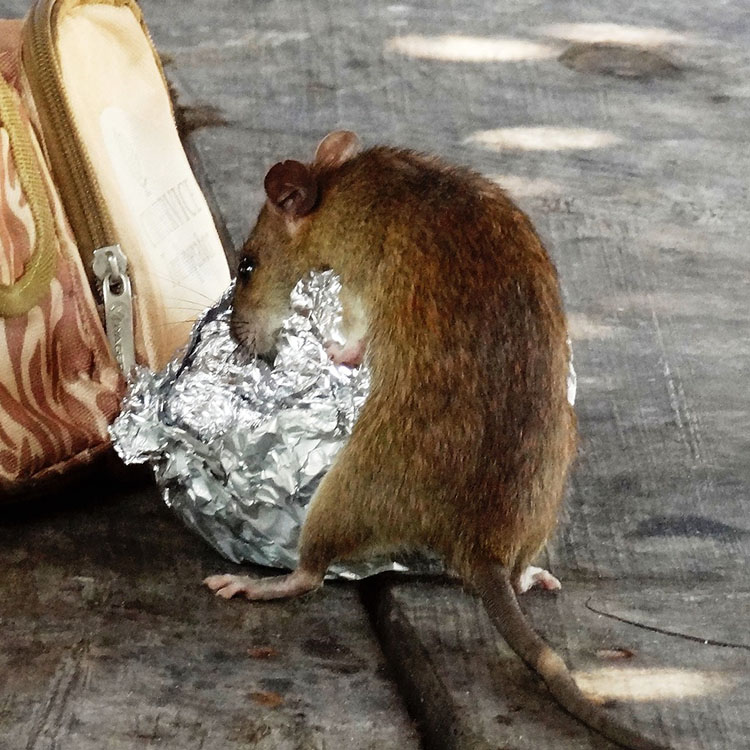How to Remove Rats from a Building
Rats are a nuisance wildlife species that can be legally trapped and removed using kill traps. This is the best option for remvoing these creatures because any measures you take to exclude them and exclude rats in the future will lead to their death, and you'll have to follow the trail of house flies to their carcass to remove it. Contrary to popular believe about rat extermination, it's actually better for the homeowner to set deadly traps aroudn their house to catch these critters and stop the rat infestation.

Trapping vs. Exclusion
Exclusion alone won't solve your rat problem properly. You can seal up all entrances to your home, and make sure there is nothing at all for the rats to eat or drink. However, rats can't survive for more than a day without eating. So what you're doing with a total exclusion while you still have rats in your home is starving them to death. These hungry rats will begin to lose their minds from lack of food, crawl behind the refrigerator, and create a nasty mess for you to clean up once you discover it (fly larvae hatch, mature, and start flying around your house within a week).

Lethal Trapping Saves Time
Popular snap tracks usually sever the spinal cord of these creatures and don't create a bloody mess. If you check your traps once daily, you can almost guarantee you will not have decomposing rats creating odors in your home or attracting insects that feed on animal carcasses. Once the rats are caught in the snap trap, you can dispose of the animalo carcass according to local rules and regulations for nuisance wildlife trapping. Make sure that you don't simply throw a rat carcass in a garbage can inside of your home or outside. Whichever method you must use to dispose of these dead creatures, make sure that they are sealed inside plastic to prevent odor and keep from attracting flies and larger animals.
Keeping Rats Out of the Building
Once you've started trapping your rats, look for the ways they are entering the building. Make sure to seal up and repair any vuilnerabilities made as the result of their chewing and gnawing, or other wildlife damage. Try not to leave doors and windows open, and if you do, install heavy screening and routinely check screens for damage from rats. If you find they are shredding heavy screening, it may be a good option to purchase metal screening that is not penetrable by rats. Also make sure your plumbing and toilets are up to spec for rat prevention, including rat baffles and large diameter sewer pipes (if possible).
